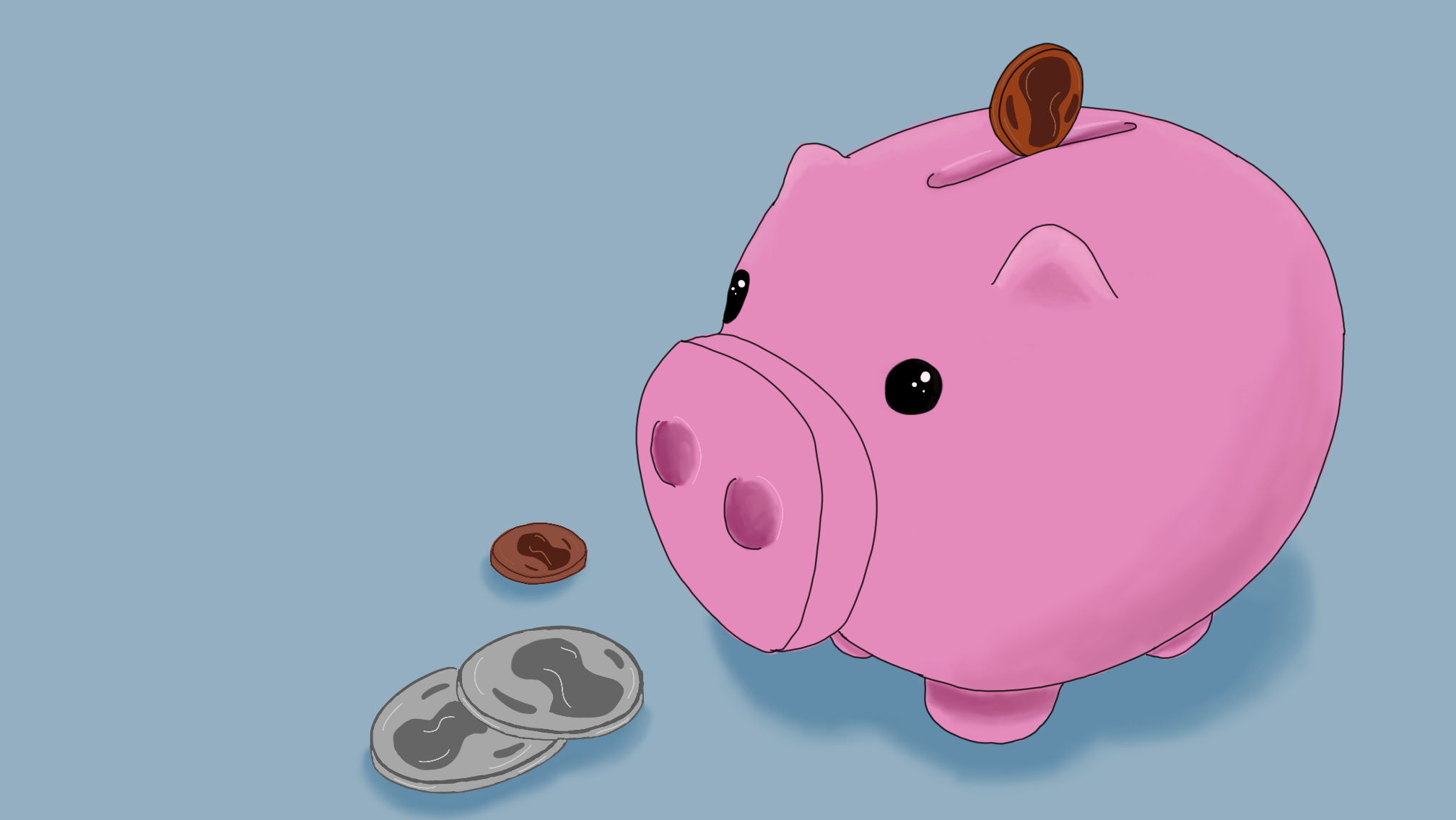Should You Bootstrap?

Amazon, Apple, Google, and Disney all started in garages. Airbnb CEO and co-founder, Brian Chesky, advises founders to bootstrap—launch without seeking help from any outside investment—or raise a minimum amount of funds from family and friends. A proliferation of tools like the Lean Startup methods has enabled many entrepreneurs to launch without raising outside funds. But staying alive is notoriously hard because you to fuel growth internally. Should you attempt to bootstrap?
Benefits to Bootstrapping
When you raise capital, you receive money in exchange for equity and control of the company. If you forego fundraising or choose to raise a minimum amount you retain:
- Equity
- Ownership
- Control
Equity
Every time you raise capital, you dilute your ownership. If you want to retain full ownership of your business, bootstrapping allows you to retain more equity than raising venture capital. Even if you divide equity with 1 or 2 co-founders, your equity share will likely be larger than if you engage in multiple rounds of outside fundraising.
Ownership
If your goal is to build a revenue-generating business to operate for the rest of your life, or you want to pass it along to your children, bootstrapping is a better choice. Outside investors have expectations about milestones and a timeline. Typically, they expect a large exit.
Control
By accepting outside money, you agree to share decision-making authority. You have an obligation to satisfy other interests that might not align with your vision. Your values may differ. If control over decisions is a top priority for you, bootstrapping may be a better option.
The idea of bootstrapping appeals to many, but it’s important to recognize the risks it entails.
Risks to Raising a Minimal Amount
Raising only enough to cover necessities forces you to be conservative. Growing slowly can negatively impact your company in several ways:
- Emerging Competition
- Depleting Cash Flow
- Running Out of Time
Emerging Competition
Many founders wholeheartedly believe that if they build a great product, customers will come. But often paying customers will take a long time to line up. And projected revenue can take a long time to materialize. When you grow slowly, you allow competitors time to emerge. And they will, especially if you have a good idea. If they have better funding that enables them to produce and deliver more, they can overtake your startup. The best way to raise a minimum amount and keep your company alive and competitive is to design your business model around your cash flow.
Depleting Cash Flow
If your business grows slowly, you’ll deplete cash flow more quickly which jeopardizes its health in 2 ways:
- Customers’ loyalty will wane if you run out of merchandise or can’t deliver promises.
- Good employees won’t stay forever if you can’t pay them.
Christina Wallace, co-founder of Quincy Apparel, learned the critical importance of cash flow when launching her first startup. When she and her best friend from business school, Alex Nelson, co-founded their company, an e-commerce site that designed custom professional clothes for women, in the spring of 2011, they determined to bootstrap. In their first year, they began building a customer base but were plagued by unpredicted operational challenges, making it difficult to deliver its promise. The minimal funding amount Wallace and Nelson raised proved critical to their company’s future.
They burned through their cash flow before they had time to address the challenges, Wallace admitted.
“We lacked the resources and capabilities to deliver on our original customer value proposition… I thought we could survive if we assembled a bridge loan and then cut down operational complexity … [but] even if we raised more money, half our team had to go.”
Christina Wallace
Quincy Apparel’s predicament is not uncommon. A growing company faces many variables—the market changes, competitors arise, customers’ tastes shift, unpredicted costs and unforeseen opportunities emerge. In 2017, over 70% of tech startups failed to exit or raise follow-on funding. When you bootstrap or raise a small amount, you risk running out of money because it’s almost impossible to know what you need. Operational challenges or unforeseen delays impede cash flow in unanticipated ways and many founders compound the shortage by including projected revenue in their cash management plan. Even if you’ve issued invoices, don’t factor that revenue into your plan until the money arrives, Ghosh advises.
“Most founders misunderstand this. But cash flow is cumulative. If you have negative cash flow on an ongoing basis, you’re digging a hole you can’t climb out of.”
Shikhar Ghosh
Running Out of Time
Many promising businesses underestimate the time they’ll need to work out logistical problems. It’s especially challenging to predict how much you’ll need to get to the first value inflection point when you’re pioneering new territory or creating a new model. Ramana Nanda, professor of business administration at HBS, advises entrepreneurs about the relationship between time and money.
“What you’re really doing is buying time. Money is time. You must consider time and money simultaneously.”
Ramana Nanda
Having extra money allows you to deal with unanticipated circumstances because money buys the time required to validate your ideas and establish a working business model. If you don’t have ample money, you may fail to reach the next value inflection point. You’ll run out of time, setting the stage for competitors who have more money to overtake you. Equally serious, failing to meet an established benchmark will cause investors to identify your venture as a risk, and you will lose any leverage you have.
Ghosh notes, “all founders should ask themselves, ‘how much time do I need to work out the critical uncertainty in what I’m doing?’ When you have that number, always add a substantial buffer to it.” How much of a buffer should you add? Some recommend that entrepreneurs budget as much as 50 percent more than you need, but a general rule of thumb is to add 30% to account for the unanticipated circumstance and unforeseen opportunities failures that will arise. Once you figure out the right buffer for your cash flow situation, raise that amount to buy yourself the time you need, William A. Sahlman, a professor of business administration at HBS explains.
“You raise money to buy time. You buy time to run experiments. You run experiments to reduce uncertainty. You reduce uncertainty to get more money.”
William Sahlman
Emerging competition, cash flow, and running out of time–affect all startups, whether you bootstrap or raise venture capital. When you bootstrap, the risk increases. When figuring out how much to raise, your long term vision for equity, ownership, and control should play an integral role.
Questions to Ask Yourself
- How much ownership do I want to retain?
- How fast do I want my venture to grow?
- How big do I want my business to become?
- Do I want responsibility and power to make all decisions?
- What is my cumulative cash flow?
- How much cash do I have without projected revenues?
- What is my burn rate?
- How close am I to proving my hypothesis?
- Am I prepared to lose the entire business if I run out of time?
Learn More
Learn more about determining your cash flow curve and your burn rate and the risks for raising a lot and growing too fast.

